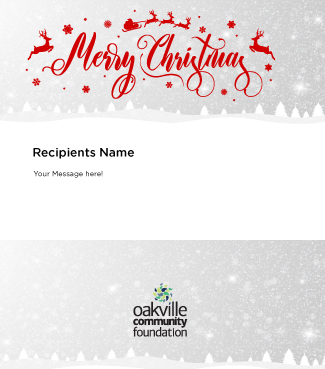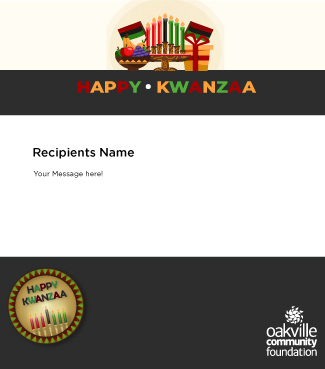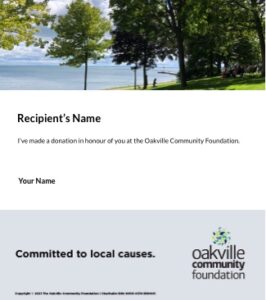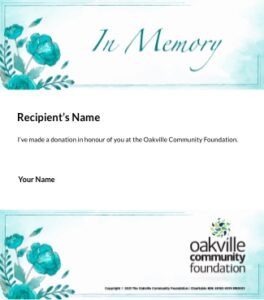The Oakville Resiliency Report is timestamped in September 2020, but the COVID-19 pandemic is not over. Welcome to the second installment of our #WeekendReads series! Join us every Friday for the next six weeks as we build on information shared in the report and share new information that is now available. Click here for previous installments.
Sources can be found here or by clicking the superscript within the text.
In the Oakville Resiliency Report we reported that 1 in 7 Canadians were experiencing food insecurity during the pandemic.¹ We also reported that the cost of food was having a significant impact on both accessibility and affordability, driving more people to access food banks. In the months since the report was published, food insecurity has continued to grow.
For example, data suggests that the highest rates of food insecurity are seen amongst racialized households. For example, 29.8% of households that identify as black and 28.2% of households that identify as Indigenous report food insecurity, versus 11.1% of non-racialized households.²
COST OF FOOD
Prices for food items generally increased in 2020 with the cost of meat rising by 4.5% and restaurant food increasing by 2.2%.³ In October specifically, the cost of vegetables grew by 9.5% year over year due to unfavorable weather in growing regions and food diseases.⁴
So what does 2021 look like? Will we see the same rise in cost? In 2021, food prices are expected to increase by 3% to 3.5% overall. For a family of four in Canada, the grocery bill is expected to rise by $695 over the year.⁵
- Meat and vegetables are expected to rise by 4.5% to 6.5%
- Fruits are expected to cost 2% to 4% more
- Bakery prices, for things like bread, are expected to rise as high at 5.5%
Price increases can be attributed to border, plant and distribution centre closures, labour shortages, logistics disruptions, unemployment, consumer demand shifts, food disease and retail practices.
A survey of Canadian post-secondary students, conducted in late 2020, indicated that a majority of students consumed less food every day during the pandemic than before. They ate approximately 20% less meat, 44% less dairy and 45% fewer vegetables.⁶ The survey revealed this is the result of reduced grocery hours, restaurant closures and increased prices.
FOOD BANK USAGE
In 2020, calls and requests to 211 Ontario regarding access to food assistance increased by 377% year-over-year, from 2019. In that same time, there was a 538% increase in unmet requests for access to food assistance due to COVID-19 closures, lengthy wait times and travel.⁷
In 2020, nearly 1 in 10 Canadians accessed free food or meals from a charitable or community organization while food bank users in Ontario increased 5.4% year over year, from 2019. Of all Ontario food bank users, 33% were children.⁸
The drivers in food bank usage continues to be an inadequate social safety net, precarious employment and unaffordable housing. A survey conducted with food bank users showed that many respondents reported that they had chosen to go without food to be able to pay their bills.
WHAT CAN YOU DO?
About 20% of the dollars granted from the Oakville Resiliency Fund went to food charities or charities supporting the food needs of our community members. We know this didn’t satisfy all the needs and that there’s more work to do.
Kerr Street Mission has seen a 55% increase in community members accessing their food bank. Food4Kids is now supporting 257 Oakville children, a 21% increase from what we originally reported. Food For Life shared more than 900,000 pounds of food in Oakville in 2020 and Oakville residents continue to receive the most number of weekly food bags in Halton.⁹
We know the work isn’t done yet and charities need our help to continue the great work they do. You can continue to support the food needs of our community members by giving to the Oakville Resiliency Fund.
¹StatsCan: Food Insecurity and Mental Health During COVID-19
²Feed Ontario: Hunger Report 2020
³StatsCan: Consumer Price Index, Year in Review
⁴StatsCan: Consumer Price Index, October 2020
⁵From food to housing, what will cost you more in 2021?
⁶COVID-19 worsening Canadian students’ diets, inactivity, alcohol consumption: Study
⁷211 Ontario: 6-Month COVID-19 Update










